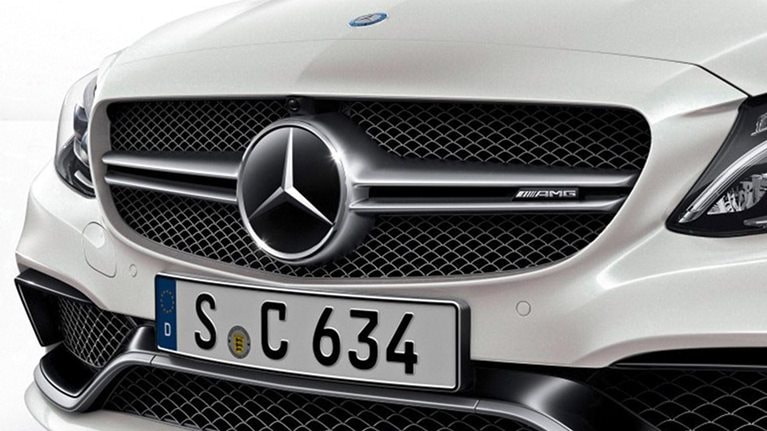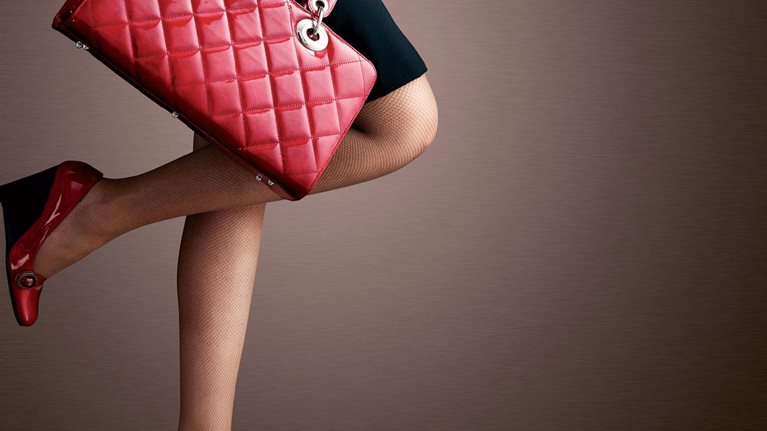How might luxury e-commerce develop over the next five to ten years? As part of our annual Altagamma-McKinsey Digital Luxury Experience Observatory1 we analyzed the online-sales trajectories of more than 50 luxury brands over the past decade. What we found is that the market’s sales trajectory resembles an S-curve that can be disaggregated into three steps:

Ramp-up. Luxury players investigate selling online either through partners with full-price, off-price, or events platforms or through their own e-shop. At this point, they tend to only offer a reduced product range and not advertise it much.
Scale-up. Once they begin to have sizeable revenue coming from e-commerce—around 6 to 7 percent of total sales—luxury players reach a tipping point where they quickly scale their e-commerce operations and launch full e-shops. Many in the industry are now in this phase: they feature the majority of their products online, and they have upgraded their websites while increasing online and offline visibility. E-commerce now becomes a top management priority because of the significant investments required in IT, customer support, and the supply chain (for example, warehousing) and because it will in turn drive online sales toward 18 to 20 percent of total revenue in the next five years.

Would you like to learn more about our Retail Practice?
Plateau. After passing the 20-percent threshold, growth of online sales tends to decelerate as a brand’s e-commerce operations reach maturity.
Taking into account the sector’s experience and our extensive knowledge of other industries that are more mature in their digital development, such as mass fashion and consumer electronics, we forecast that the global luxury e-commerce market will follow a trajectory similar to individual brands. We expect luxury’s share of online sales to double from 6 to 12 percent by 2020. By 2025, we expect the online share of total luxury sales to be 18 percent, worth about €70 billion annually, making e-commerce the world’s third largest luxury market, after China and the United States.
This article is excerpted from the July 2015 edition of the Altagamma-McKinsey Digital Luxury Experience Observatory, Digital inside: Get wired for the ultimate luxury experience (PDF–1,262KB).


